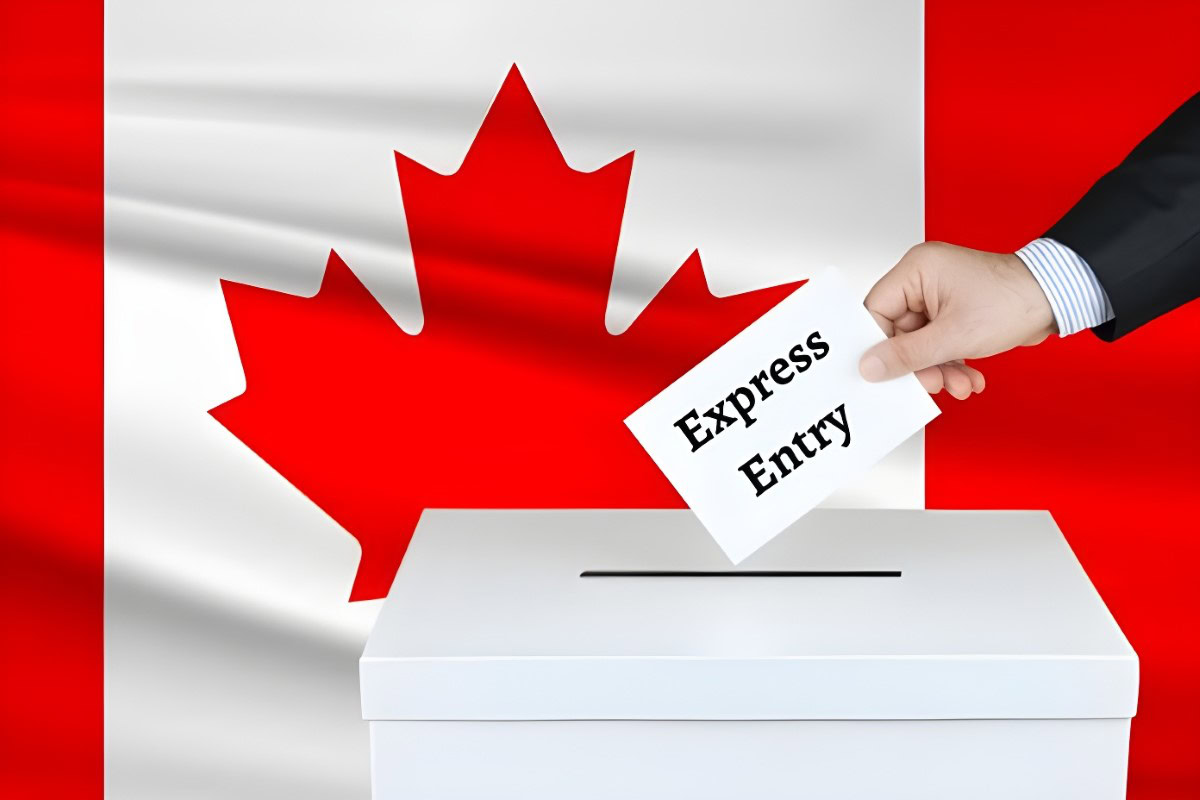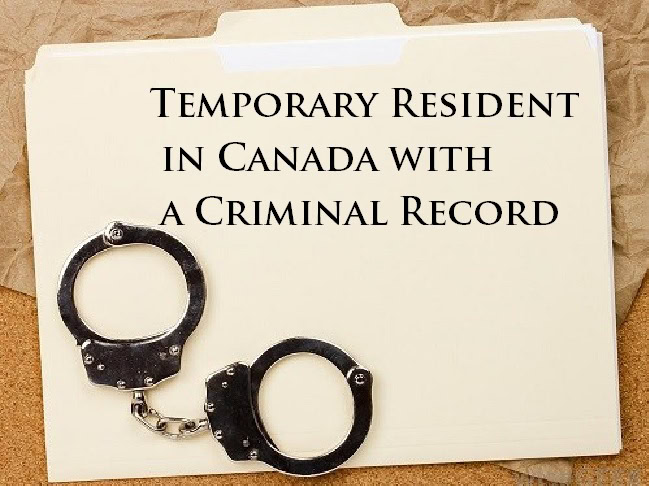Temporary Resident Permit (TRP) and Criminal Rehabilitation
Canada’s immigration laws can be pretty strict, especially when it comes to people with past criminal convictions. However, there are options available for individuals looking to enter Canada despite those issues: the Temporary Resident Permit (TRP) and Criminal Rehabilitation. Both of these processes are designed to help people with criminal records enter Canada legally, but they have different purposes and requirements.
What is a Temporary Resident Permit (TRP)?
A Temporary Resident Permit (TRP) is a special permit issued by the Canadian government that allows a person who is criminally inadmissible to enter or stay in Canada for a specific reason. This permit is a temporary solution for individuals who have pressing reasons to enter Canada but are not yet eligible for Criminal Rehabilitation.
Key Features of a Temporary Resident Permit (TRP)
- It’s a temporary solution
A TRP is issued for a specific period, depending on your situation. It can cover the length of your stay in Canada, but it’s important to note that the maximum time you can get a TRP for is up to three years. Make sure that your request reflects the actual duration of your need to be in Canada, whether it’s a short trip or something longer-term. - You need to show a compelling reason to enter Canada
In order to qualify for a Temporary Resident Permit (TRP) and Criminal Rehabilitation, you would need to clearly demonstrate that there’s a significant reason for your entry—something that justifies why you need to be in Canada despite any inadmissibility due to your past record. This could be something like visiting family, handling urgent business matters, or attending a specific event. It’s crucial to highlight the importance of your visit when applying. - It doesn’t erase inadmissibility
A TRP doesn’t mean that your criminal inadmissibility is lifted. Instead, it’s more like a special permission to enter and stay in Canada temporarily, under specific conditions. You will still be considered inadmissible, but the permit allows you to legally enter Canada for the time you are there. Once your TRP expires, you will need to either apply for another one or leave the country.
What is Criminal Rehabilitation?
Criminal Rehabilitation is a permanent solution for individuals with past criminal convictions. If you have been convicted of an offense outside of Canada, and enough time has passed, you can apply for Criminal Rehabilitation to erase your inadmissibility status. Once granted, you are no longer considered inadmissible to Canada for those past offenses.
Eligibility for Criminal Rehabilitation:
- Five years must have passed since the completion of all penalties related to your conviction (including jail time, probation, fines, etc.).
- The offense must have an equivalent in Canadian law, and the severity of the offense is evaluated based on Canadian standards.
Documents Required
Temporary Resident Permit (TRP) and Criminal Rehabilitation applications require thorough documentation. While the requirements vary slightly depending on the process, here’s a general outline of what’s needed.
-
Completed Application Forms
You’ll need to fill out all the necessary forms to apply for a Temporary Resident Permit (TRP) and Criminal Rehabilitation. These forms can vary slightly depending on where you apply (e.g., at the border or through a consulate), but typically they include detailed information about your personal background, your criminal record, and the specific details of your intended visit to Canada.
The forms are crucial for outlining your request to enter Canada despite your inadmissibility. It’s essential to provide accurate and complete information, as errors or omissions could result in delays or denial of your application.
-
Proof of Criminal Conviction
You’ll need to provide documentation that confirms your criminal conviction. This can include court records, police certificates, or any official documents from the jurisdiction where you were convicted.
Canada’s immigration officers need to fully understand the nature of your conviction to assess your application. Providing clear and detailed proof of your criminal record ensures that they can make an informed decision about whether to issue a Temporary Resident Permit (TRP) and Criminal Rehabilitation.
-
Explanation Letter
This is a personal statement where you explain the circumstances of your conviction and why you believe you should be granted a Temporary Resident Permit (TRP) and Criminal Rehabilitation. In this letter, you should highlight any steps you’ve taken to rehabilitate yourself, how much time has passed since the conviction, and why your entry into Canada poses no risk to the public.
This letter is your opportunity to show the immigration officer that you’ve moved past your conviction and that your entry into Canada is justified. A well-written, sincere explanation can make a significant difference in the outcome of your application.
-
Purpose of Entry
You’ll need to provide supporting documents that clearly show why you need to enter Canada. This could include a business invitation, a letter from a family member, medical records in the case of a family emergency, or documentation related to an important event you need to attend.
Canada grants TRPs for specific, compelling reasons. The stronger your case for why you need to enter Canada, the more likely your application will be approved. The immigration officer must understand the urgency and importance of your visit.
-
Supporting Documents
You must submit key identification and legal documents, such as your passport, proof of completed sentence (if applicable), and any other identification or certificates that help establish your identity and history.
These documents are essential to verify your identity, legal status, and eligibility for the Temporary Resident Permit (TRP) and Criminal Rehabilitation. Proof of completed sentences or rehabilitation (such as certificates from community programs or legal documents showing sentence completion) will demonstrate that you’ve served your time and are seeking to move forward.
-
Processing Fee
There is a non-refundable processing fee that must be paid when you submit your TRP application.
Payment of this fee is required to process your application. Failing to submit the payment will result in your application not being reviewed. Keep in mind that this fee is non-refundable, even if your application is denied.
Each of these steps is essential to ensure your application is complete and provides immigration officers with all the information they need to assess your eligibility for a TRP. If you’re unsure about any part of the process, consulting with an immigration professional can help guide you.
How to Apply at the Border
In some cases, you may be eligible to apply for a TRP at a Canadian port of entry (POE), such as a land border or airport. However, this is typically only advisable for urgent situations. Border officers have the discretion to issue TRPs on the spot if they believe your need to enter Canada is justified.
Key Differences Between TRP and Criminal Rehabilitation
| Feature | Temporary Resident Permit (TRP) | Criminal Rehabilitation |
| Purpose | Temporary entry despite inadmissibility | Permanent resolution of criminal inadmissibility |
| Eligibility | Anytime, but must demonstrate compelling need | After 5 years since the completion of the sentence |
| Duration | Temporary, up to 3 years | Permanent |
| Where to Apply | At the border or through a consulate | Through a consulate |
| Processing Time | 1-6 months | Up to 1 year or more |
| Cost | $200 CAD | $200 – $1,000 CAD depending on offense severity |
Conclusion
For individuals with a criminal record who wish to visit or immigrate to Canada, the Temporary Resident Permit (TRP) offers a temporary solution for urgent entry, while Criminal Rehabilitation provides a permanent resolution. It is crucial to be well-prepared with the appropriate documentation and understand the nuances of each process to increase your chances of success. While applying at the border is possible in some cases, it is generally advisable to go through the consulate unless you have an immediate, compelling reason for entry.
Latest Immigrations News

September 11, 2025
Canada Super Visa: Step-by-Step Guide for Parents and Grandparents
For many Canadian citizens and permanent residents, bringing parents or grandparents to Canada for extended visits is more than just a wish, it’s a heartfelt need. While most people first consider the traditional visitor visa, there is another option designed specifically for family reunification: Super Visa applications. [...]

August 23, 2025
Intra-Company Transfer (ICT) Work Permit, Your Complete Guide to Working in Canada
For multinational companies, moving key talent across borders is often essential for growth and operational success. The Intra-Company Transfer (ICT) Work Permit provides a streamlined pathway to bring experienced employees to Canada without the time-consuming Labour Market Impact Assessment (LMIA) process. For foreign professionals, it’s more than [...]

August 7, 2025
Is Canada’s Express Entry System Still Fair? A Closer Look at What’s Broken, And How to Fix It
When Express Entry first launched, it was celebrated as Canada’s revolutionary new gateway for skilled immigrants, streamlined, merit-based, and economic-growth driven. But fast forward to today, and many highly qualified newcomers are starting to question whether the system is truly as fair or functional as it was [...]

Book a Conslutation
One of our Representatives will
assist you with your matter. Book Now!
Click here

Call us for
more Information
+1-416-477-2545
Toll Free: 1-877-820-7121
Click here

Write Us (Online Form)
Complete our form and one of our
Representatives will contact you.
Click here
Subscribe To Our Newsletter


